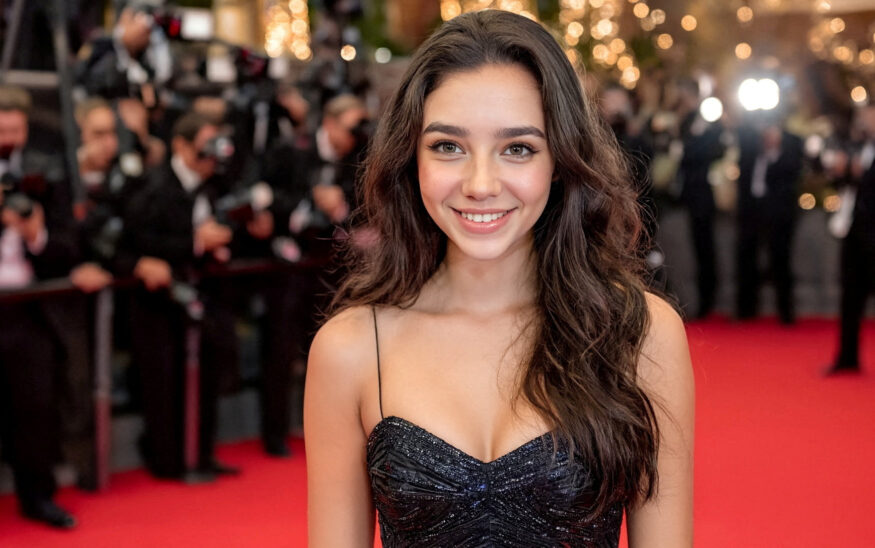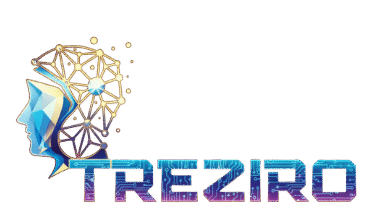Tilly Norwood AI Actress Controversy + 5 AI Tools You Can Use Today
The Tilly Norwood AI actress controversy has ignited a fierce debate across Hollywood and the tech industry, raising complex questions about the future of entertainment. This AI-generated performer, who appeared in a recent string of high-profile digital ads, has become the focal point for discussions about art, identity, and the role of technology in creative fields. While some praise the innovation, many artists and unions are pushing back, highlighting concerns over job displacement and the ethics of digital likeness. This situation isn’t just about one virtual actress; it’s a glimpse into a rapidly evolving landscape where digital humans are becoming more common.
The Heart of the Controversy: Actor Union AI Backlash
The emergence of AI performers like Tilly Norwood has triggered significant actor union AI backlash. Organizations representing actors are raising alarms about the potential for studios to use digital replicas of actors without fair compensation or consent, effectively undermining the livelihood of working performers. The core issue revolves around personality rights in AI characters—who owns the likeness, voice, and essence of a digital creation, especially if it’s based on or replaces a human actor? This conflict touches on deep-seated fears about creative integrity and the value of human performance in an age of automation.
FAQ: What are the main concerns of actor unions?
The main concerns are job displacement, unfair compensation for digital likenesses, and the unregulated use of AI to create performances, which could devalue the work of human actors.

Exploring Digital Performer AI Tools
As the debate continues, the technology behind these creations is becoming more accessible. A new generation of digital performer AI tools allows creators, from independent filmmakers to large studios, to produce their own virtual actors. These platforms offer varying levels of customization, from creating simple avatars to developing highly realistic, emotionally expressive digital humans. Understanding these tools is key to grasping where the industry is headed.
Here are some of the top platforms shaping this new frontier:
- Metahuman by Epic Games: A cloud-based app that allows anyone to create photorealistic digital humans, complete with hair and clothing, in minutes. It’s considered a benchmark for high-fidelity virtual characters.
- Synthesia: Primarily known for creating AI-powered training and marketing videos, Synthesia offers a library of stock AI avatars and allows for the creation of custom ones.
- DeepMotion: This web-based service uses AI to turn 2D video into 3D animation, making it easier to animate virtual characters without complex rigging or motion capture hardware.
FAQ: Can anyone use these AI tools?
Yes, many of these tools are designed with user-friendly interfaces, making them accessible to creators with varying levels of technical skill. Some offer free versions or trials.
A Look Ahead: Virtual Actress Software 2025
The technology is advancing at an incredible pace. Looking toward the near future, we can expect virtual actress software 2025 to offer even more sophisticated features. Innovations will likely focus on generating more nuanced emotional performances, real-time interactive capabilities, and seamless integration with virtual production workflows. As these tools evolve, the line between a human performance and an AI-generated one will only become blurrier, forcing the industry to establish clear ethical guidelines and standards.

5 Top AI Tools for Virtual Actors You Can Use Today
For those interested in exploring this technology firsthand, several powerful platforms are already available. These tools offer a gateway into the world of virtual performance, whether for marketing, entertainment, or personal projects.
Here is a closer look at five leading AI tools for virtual actors:
- Unreal Engine: More than a game engine, Unreal Engine’s Metahuman Creator is a go-to for creating hyper-realistic digital people. It provides incredible control over facial features, skin textures, and animation.
- Synthesia: An excellent choice for creating professional videos with AI presenters. It’s user-friendly and great for corporate communications, training modules, and marketing content.
- HeyGen: Similar to Synthesia, HeyGen specializes in generating AI spokesperson videos. It offers a wide range of avatars and voices, making it easy to produce content quickly and efficiently.
- Colossyan: This platform focuses on AI video generation with virtual actors for workplace learning and communication. It helps turn simple text into engaging video content.
- Virbo by Wondershare: A user-friendly tool that allows you to create engaging AI avatar videos from text. It’s designed for social media marketing and promotional content, offering various templates and avatars.
Navigating the New Era of Digital Performers
The Tilly Norwood case is more than a fleeting headline; it’s a milestone in the ongoing integration of AI into the creative arts. As AI-generated performers become more sophisticated, the entertainment industry faces a critical juncture. The path forward requires a thoughtful balance between embracing technological innovation and protecting the rights and livelihoods of human artists. The conversations happening now—in union halls, studio boardrooms, and developer forums—will shape the ethical framework and creative possibilities for generations of performers, both human and digital.
